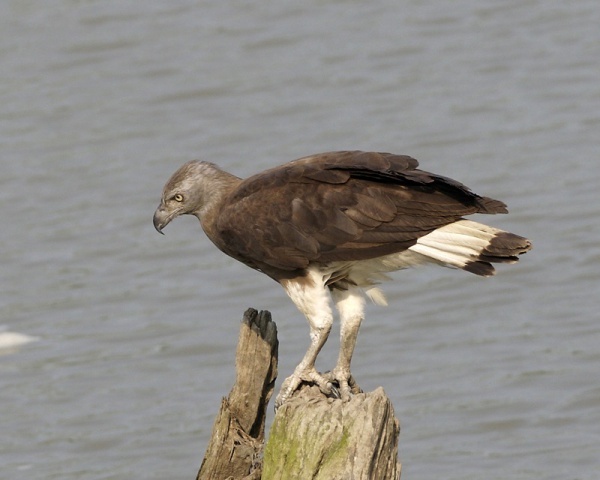Facts About Grey-headed fish eagle
The grey-headed fish eagle is a notable bird of prey native to Southeast Asia. This sizeable raptor is distinguished by its dark brown upper body, grey head, and white underparts. Juvenile birds exhibit a lighter coloration with darker streaks. Classified within the order Accipitriformes and the family Accipitridae, it is often confused with other fish eagles such as the lesser fish eagle and Pallas's fish eagle. In Sri Lanka, it is affectionately called the "tank eagle" due to its preference for habitat around irrigation tanks.
These eagles typically inhabit lowland forests near rivers, lakes, and marshes. They are generally sedentary, living solitarily or in pairs. As their name implies, their diet primarily consists of fish, although they also consume reptiles, birds, and small mammals. Their breeding season extends from November to May, during which they construct nests in tall trees proximate to water bodies. A typical clutch comprises 2 to 4 eggs.
Regrettably, the population of the grey-headed fish eagle is declining, leading to its classification as Near Threatened on the IUCN Red List. The principal threats include habitat loss, deforestation, overfishing, persecution, and pollution. Conservation efforts are actively being pursued, involving the monitoring of breeding populations and conducting surveys to identify crucial areas requiring protection. Current estimates suggest there are between 10,000 and 100,000 mature individuals across an approximate range of 5 million square kilometers.

 Laos
Laos